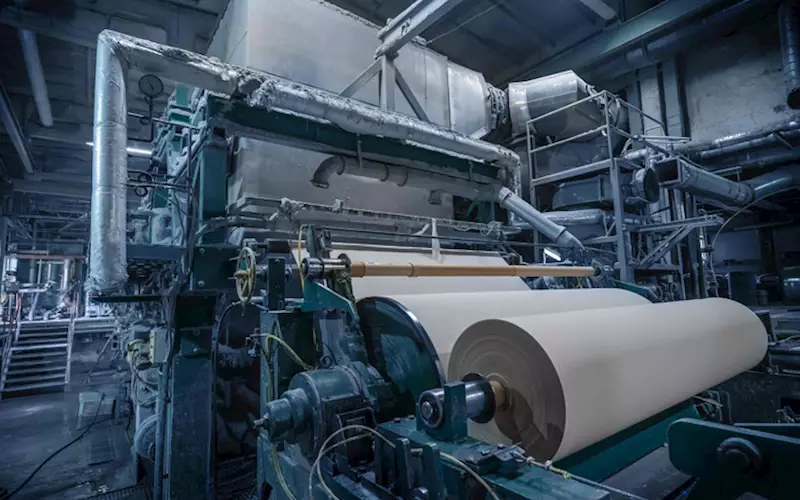Investments in new projects indicate appetite for paper in India
The packaging paper segment dominates sales in India with a share of 55%, followed by writing and printing (W&P) paper at 30%. Newsprint and speciality paper account for the rest. How is this impacting the major manufacturers of paper and paperboard? Dibyajyoti Sarma reports.
22 Sep 2023 | By Dibyajyoti Sarma
Paper consumption in India will reach 30 million tonnes by March 2027. Are we about to enter a golden age of technological advancement and investment in India? A round-up of the investment plans over the past few months offers a good gauge of paper mill appetite for new projects.
JK Paper acquired 85% stake in two corrugated packaging firms. Readers of PrintWeek will recall JK Paper announced its acquisition plan for Horizon Packs Private Ltd (HPPL) and Securipax Packaging Private Ltd (SPPL) for about Rs 578-crore in November 2022. JK Paper’s board of directors have approved the establishment of a hardwood bleach chemical thermo-mechanical pulp (BCTMP) plant at its unit CPM in Songadh, Gujarat. JK Paper will make an investment of Rs 650-crore in the project.
Then there is West Coast Paper Mills which plans to put up 200,000 MTPA board capacity through a brownfield route by FY27. With a total paper manufacturing capacity of 3.3 lakh tonnes per annum, West Coast is the country’s second-largest paper manufacturer, with a presence across categories such as printing and writing paper, packaging boards, cups, and boards. The group’s net profit jumped 32.47% since last year's same period to Rs 245.52-crore in the Q1 2023-2024.
TNPL plans to put up 200,000 MTPA board capacity through a brownfield route by FY25. The company said its printing & writing paper production was 420,793-mt against 388,881-MT in FY22. “The total sale of printing & writing paper in 2022-23 was 420,793-MT with the company recording zero stock of printing and writing paper as of 31 March 2023,” it added.
Also there is APP in Maharashtra where a substantial new investment aims to yield a production output of 1.2 million tonnes by 2026/2027. The Maharashtra government handed over 287 hectare land to the Indonesian firm Sinar Mas Pulp & Paper, to set up a Rs 10,500-crore paper unit in Dherand in the Raigad district.
And then there is Seshasayee Paper and Boards which plans to acquire a 75,000 MTPA paper company through NCLT and plans to enhance its paper capacity by 66,000 MTPA by FY26. Erode stands at 1,15,000 tonnes per annum while the annual production is in excess of 1,30,000 tonnes.
Recently, in the news is JMC Papers (paper machine manufacturers) which is “considering” the tissue paper market with dedicated machines and establishing its own brands in North America and South America. Also, JMC paper mill will focus on the production of industrial-grade kraft liners. The mill will have the capacity to produce 150 tons per day of industrial-grade container board as well as kraft liner. The expected start-up date for the machine is April 2024.
Even as there is a lot of conversation about how the paper market will sustain itself in India. How to create a balance between imports and domestic production? How to boost export opportunities of finished paper? How will paper mills consolidate? How to create consumer awareness and ensure consumer behaviour is pro-paper?
As SK Bangur of West Coast Paper Mill said in his chairman address, “Often we hear that the present civilisation will become paperless in the near future. However, we believe that this idea will take many more years to become a reality in India due to less access to technology such as the internet, a boost to primary education, and the tradition of keeping a hard copy of all important documents in all workplaces.” Bangur added, “A paperless society will not happen in future so easily as books will continue to get published and all the products will need to be packaged. This leaves us with a vast opportunity and hence, over the years, we aim to increase our turnover rate.”











 See All
See All